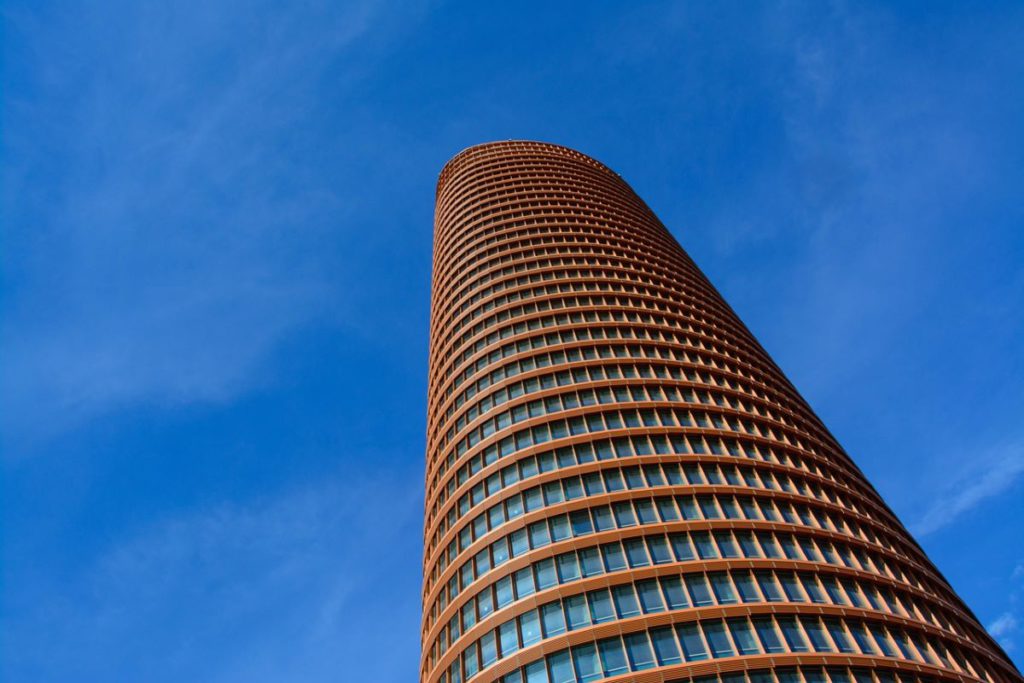In the grand tapestry of human civilisation, spaces have always played a pivotal role in shaping our lives, influencing our behaviour, and defining our societal structures. From the earliest settlements to the sprawling metropolises of today, the design and functionality of spaces have been instrumental in our progress as a species. As we stand on the threshold of a rapidly evolving future, it becomes increasingly apparent that the spaces we inhabit will play an even more crucial role in shaping the trajectory of human development. Here, we will delve into the profound impact of functional spaces on our collective future.
At the heart of understanding the relationship between functional spaces and the future lies the concept of design thinking. Design thinking transcends mere aesthetics; it is a holistic approach that encompasses functionality, usability, sustainability, and human-centricity. Functional spaces are those that are purposefully designed to serve the needs of their inhabitants efficiently and effectively. They are spaces that prioritise usability, adaptability, and sustainability while also fostering creativity, collaboration, and well-being.
One of the most pressing challenges of our time is the rapid urbanisation of our planet. As more people flock to cities in search of opportunities, the demand for functional urban spaces has never been greater. Sustainable urban design principles are essential for creating cities that are livable, resilient, and inclusive. Functional urban spaces integrate green infrastructure, efficient transportation systems, mixed-use development, and public amenities to enhance the quality of life for urban dwellers while minimising environmental impact.

Consider, for example, the concept of mixed-use development, which combines residential, commercial, and recreational spaces within a single neighbourhood or district. By reducing the need for long commutes and promoting walkability, mixed-use developments not only enhance convenience and efficiency but also foster a sense of community and social cohesion. These functional spaces promote interaction and exchange, leading to vibrant and dynamic urban environments.
The design of functional spaces can also profoundly impact our environmental sustainability. As we confront the challenges of climate change and resource depletion, the importance of sustainable design practices cannot be overstated. Functional spaces that prioritise energy efficiency, renewable resources, and waste reduction not only mitigate environmental harm but also contribute to long-term resilience and viability. For instance, green building technologies, such as passive solar design, natural ventilation, and rainwater harvesting, can significantly reduce energy consumption and carbon emissions in buildings.
These spaces wield considerable influence over human health and well-being as well, particularly in an era marked by a surge in mental health issues and lifestyle-related diseases. The design of our built environment plays a pivotal role in either exacerbating or alleviating these challenges. Incorporating elements of biophilic design, such as natural light, greenery, and access to outdoor spaces, within functional spaces has been demonstrated to mitigate stress, enhance cognitive function, and improve overall well-being.
Furthermore, ergonomic design principles, when applied in workplaces, can augment productivity, diminish musculoskeletal disorders, and foster employee satisfaction. For instance, aluminium battens integrated into the architectural design can enhance aesthetics and durability, contributing to a more pleasant and conducive environment. Similarly, incorporating suspended ceiling systems can optimise acoustics and thermal comfort, further enhancing the overall well-being of occupants.
The impact of functional spaces extends beyond the confines of individual buildings or neighbourhoods; it shapes the very fabric of our society and culture. Public spaces, in particular, play a crucial role in fostering social cohesion, civic engagement, and democratic participation. Whether it’s parks, plazas, or community centres, these functional spaces serve as the stage for collective rituals, celebrations, protests, and debates. They are the places where diverse communities come together to interact, share experiences, and forge common bonds.
In envisioning the future of functional spaces, we must also consider the transformative potential of emerging technologies. From artificial intelligence and robotics to augmented reality and Internet of Things (IoT) devices, technology has the power to revolutionise the way we design, inhabit, and interact with spaces. Smart cities, for instance, leverage data-driven insights and digital infrastructure to optimise resource allocation, enhance public services, and improve quality of life. However, the integration of technology into functional spaces must be guided by ethical considerations, ensuring that it serves the interests of all stakeholders and promotes equitable access and participation.
All in all, the design and functionality of spaces have a profound impact on our collective future. By prioritising usability, sustainability, and human-centricity, we can create functional spaces that enhance our quality of life, promote environmental stewardship, and foster social cohesion. As we navigate the complexities of the 21st century, let us embrace the transformative potential of functional spaces to shape a future that is sustainable, inclusive, and prosperous for all.
